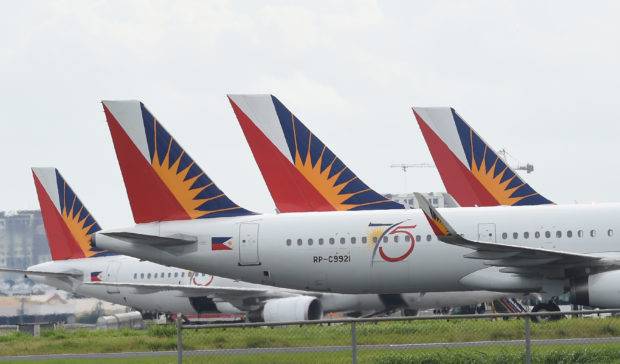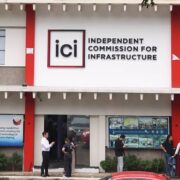PAL begins flights to Seattle

Philippine Airlines (PAL) has begun mounting flights from Manila to Seattle, linking passengers to other parts of the United States.
The flag carrier launched the maiden 12-hour trans-Pacific nonstop flight to Seattle on the eve of Oct. 2.
“Today, through these nonstop Manila-Seattle-Manila flights, [PAL] is proud to take the latest big investment in its long-term strategy of building stronger connections to the vast United States travel market,” PAL president and chief operating officer Stanley Ng said in a statement on Thursday.
The route had seen great demand with the first few flights “almost full,” he earlier said. PAL is deploying Boeing 777-300ER, a 370-passenger capacity aircraft, for this thrice-a-week route.
The Manila-Seattle flight also serves as gateway to Chicago, Las Vegas, Washington DC, Houston, Portland, Anchorage and other destinations served by PAL’s interline partner Alaska Airlines.
“Our aim is to stimulate value-added tourism and healthy business activity between the Philippines and not just Washington state, but beyond to Alaska, Oregon, Nevada and the US Midwest and Sunbelt regions,” Ng said.
PAL now has six destinations in the US, including Los Angeles, San Francisco, New York, Honolulu and Guam.
Passenger volume rises
Apart from the US, the airline was looking at addressing growing bookings for Japan flights by potentially reviving old routes, including Cebu-Osaka and Manila-Sapporo.
The Lucio Tan-led company is also studying relaunching flights to Europe, including Italy, Paris and Brussels. Quoting PAL officials, the Department of Transportation earlier said Manila-Paris flights could happen before the end of the year.
PAL currently flies to 39 international destinations and 33 domestic locations.
In the first half, the company saw its passenger volume rise by 13 percent to 7.9 million.
To meet the surge in travel, the flag carrier is expecting delivery of 13 Airbus 321-231 neo (new engine option) aircraft between 2026 and 2029. It is also set to receive nine Airbus A350-1000 jets between 2025 and 2027.





















